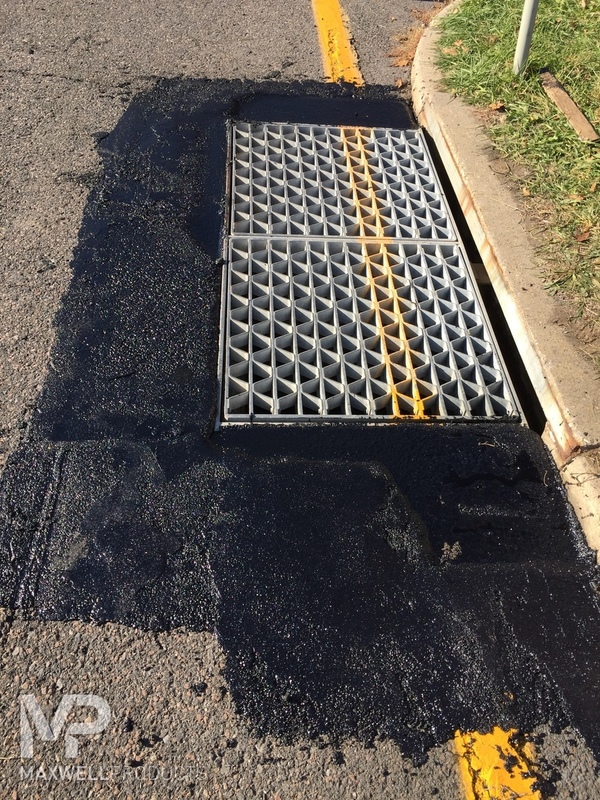Working equipment which runs at peak efficiency is important for any pavement maintenance organization. Any equipment that is out of service or is being repaired isn’t helping your company do the work, and that both increases your costs and lowers your bottom line.
“There’s a lot of dirt, dust, and gunk around the working environment, so it’s hard on [the equipment]” said Rob Van Arsdale, Equipment Manager at Maxwell Equipment. “Proper maintenance will help the machine last a lot longer.”
MELTER MAINTENANCE TIPS:
-
Before operating your melter, remember to check the fluids, motor oil, coolant, transfer oil, hydraulic oil. Be sure each fluid is at recommended levels, and be sure to change each fluid as directed by the melter’s manufacturer. Motor oil should be changed roughly every 200-250 hours of use, transfer oil roughly once or twice per season, about 1,000-1,200 hours (but, again, refer to your melter’s operation manual for exact recommendations).
-
It’s also a good idea to change the filters at the same time as the fluids. This includes the motor’s air filter, fuel filter, and hydraulic oil filter.
-
Inspect the bearings on the machine weekly, greasing as necessary. (See your manufacturer’s operation manual for exact schedule.) We recommend greasing the product pump and agitator bearings weekly.
-
If your melter emanates black smoke, that is an indicator of:
Electrical issues, check the battery and alternator, replacing each as necessary.
Soot in the burner head or air cone, clean out these areas to increase air flow. -
At the end of each work day, be sure to clean your melter, both inside and outside. Each use of either a crack sealant or mastic melter will leave some material on the outside of the machine. Heat up a flat putty knife and scrape off material. Also clean the outside of soot, which may cover important sensors, displays, and gauges.
-
Check the vents once a month to be sure they’re clear and venting properly.
-
Keep a log for wear parts, being sure to note how many hours the parts have been in use. Replace such parts at the manufacturer’s recommended schedule.
-
And it’s a good idea to check the melter’s fire extinguisher each month. A reliable, operational fire extinguisher helps you meet insurance requirements and improves operational safety.
CRACK SEALANT MELTERS
-
Each day, check the packing on the product pump, adding additional packing and tightening as needed. Replace the product pump according to the manufacturer’s recommended schedule, roughly every 1,000-1,500 hours.
-
Regularly check the crack sealant hoses for fraying, cuts, or other imperfections that might lead to breaks. We recommend immediately replacing broken hoses to avoid extremely dangerous mishaps with hot sealant.
-
At the end of each day, add blocks of sealant material to the melter to absorb the transfer oil heat and to give you a head start on the next day’s work.
MASTIC MELTERS
-
Each day, check the packing gland on the agitator shaft, adding additional packing and tightening as necessary.
-
To keep the material from separating while in transit, leave the agitator running for GAP Mastic or GAP Patch.
For more useful hints about equipment, material, and more, please contact our courteous and helpful Maxwell Products sales professionals.












